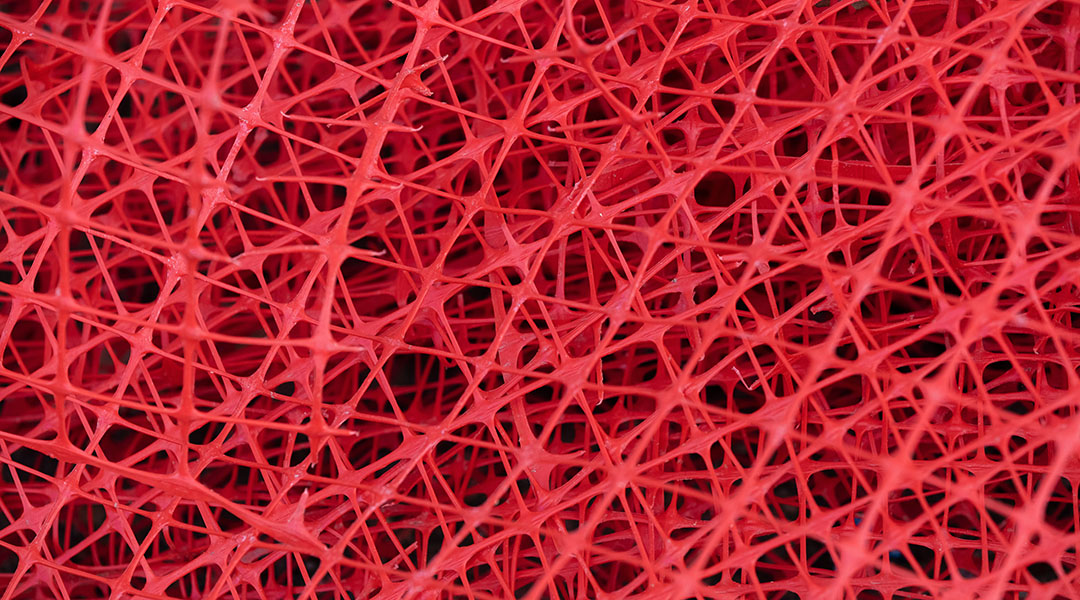Image credit: Jon Moore on Unsplash
Throughout history, the discovery of materials was driven by the fruits of human creativity, ingenuity, and hard work. These efforts have led us to the ubiquitous substances used in multitudes of batteries, light emitting diodes, solar cells, and other systems. However, this may not be the case for long. Armed with artificial intelligence’s computational might, groups like the Acceleration Consortium are gunning to prove that human-derived innovation should become a relic of the past.
Yet, as a 50 year veteran of the field, I have my concerns about using machine learning for materials innovation. It should be known that the greatest challenge in this field is not just the discovery and characterization of new materials but understanding the synthetic conditions and reaction pathways required for consistent reproduction and ultimately scaling. In short, synthesis is the foundation of materials science and engineering. While AI has proven itself extremely capable in discerning optimal chemical structures for x or y tasks by trawling through endless elemental combinations, synthetic feasibility remains a challenge.
This situation has fortunately changed with a ChemRxiv paper titled Rational solid-state synthesis routes for inorganic materials. The work describes a machine learning tactic used to understand the thermodynamics and kinetics of heterogeneous nucleation and growth, involving a solid-state phase transition or the reaction of a solid with a liquid or gas or another solid.
To place this accomplishment in perspective, let me first describe the thinking that underpins the choice of precursors and synthetic methods in traditional solid-state material generation. Synthesis of a material with a specific property begins by choosing a preparative method from a library of documented strategies. If this fails, a new approach must be devised.
While this follow-up step may appear straightforward, one is confronted with the fact that making and characterizing solid-state materials is often very different than traditional molecular synthesis by solution-phase methods. This is due to the former’s insoluble precursors and products. As a result, solid-product synthesis pathways have considerations distinct from those in solution-phase synthesis. While molecular precursors are free to undergo stochastic motion in solution and, upon collision, react to form readily separatable products using gas or solution phase techniques, a solid undergoing a structural transition to another phase or interacting with a gaseous, liquid, or another solid reagent, involves completely different concepts and principles. Moreover, product elemental analysis and purification presents its own unique challenges. Minute stoichiometry variations or non-stoichiometry can translate into distinct phases, and separation becomes difficult as unreacted precursors, by-product, and products often are all equally insoluble. Also, material stability under reaction conditions, inert or dry atmosphere, must be well understood lest all the hard work put into the synthesis process go to waste.
A truism I often say to students studying solid-state materials chemistry is that size and shape are everything. What I mean by this is that the morphology of a crystalline solid matters when thinking about a targeted function and application. Every crystalline solid has a structure defined by the symmetry of its unit cell, the building block of its crystal lattice. The morphology of a solid-state product is dictated by the relative growth rates of its different crystal faces. Therefore, synthesizing solids with a particular shape necessitates understanding how they react, nucleate, and grow.
Additionally, while the shape of a crystalline solid is important, so is its physical size, surface structure, and composition compared to the bulk. When all the properties of a solid vary with size, the material has entered the so-called quantum-size regime, where scaling laws define its behaviour. Materials synthesis in this nanoscale range first requires an understanding of how to synthesize the same material in its bulk form before attempting a modified or entirely novel approach to obtain the material at nano scale. Thus, the recipe for a successful synthesis requires more than just size control of a nanomaterial, but also command over its shape, surface and defects, and assembly into architecture with the desired functional properties.
The point of my deep dive into the intricacies of a solid-state synthesis is to highlight the level of difficulty faced by machine-learning compared to the traditional materials chemist. While the latter takes a more fundamental approach reliant on rapid characterization of materials, the former reverses this process and develops new materials with certain characteristics in mind, often leaving the question of how it’s made in a particular form to the end. Now, this question has a solution. The approach taken by computational materials synthesis begins by constructing a reaction library and delineating all pathways to a target product, followed by analysis of the energy barriers that determine the reaction rates and selectivity’s to competing phases, while searching for the optimum pathway.
The energy barriers are calculated as follows. Assuming the surface free energy of an embryonic product b formed from reactant a dominates over the bulk free energy but defers to the bulk when the nucleus reaches the critical size, the free energy of activation is expressed by:
ΔG*α→β = (16π/3)γ3βv(ΔGk)-2f(Sα→β )
where ΔG*α→β is the critical nucleation barrier, γ the surface free energy of the product β, and ΔGk is the free energy of reaction pathway k to product β. The factor f(Sα→β ) describes the barrier reduction from 0 to 1 when passing from a homogeneous solution to a heterogeneous surface nucleation and growth phase using the interfacial surface free energies between a and b phases. The rate of heterogeneous nucleation Jα→β from reactant a to target β via pathway k at temperature T is given by the Arrhenius expression, where Jo is the pre-exponential factor:
Jα→β = Joexp(-ΔG*α→β/kBT)
The success of this approach was demonstrated by finding the best synthesis pathways for a key lithium-ion battery cathode (LiCoO2), a seminal ferroelectric (BaTiO3), and a profound high temperature superconductor (YBa2Cu3O7).
As a long-term fixture in the field for the past half a century, I am excited to see what else the future could bring us. I see this work as a very important and most welcome addition to the field. Who knows? Perhaps in a few years I’ll even be hiring researchers made of copper, steel, and silicon, instead of flesh and blood at my lab!
Written by: Geoffrey Ozin and Jessica Ye
Solar Fuels Group, University of Toronto, Ontario, Canada, Email: [email protected]; Web sites: www.nanowizard.info, www.solarfuels.utoronto.ca, www.artnanoinnovations.com

















